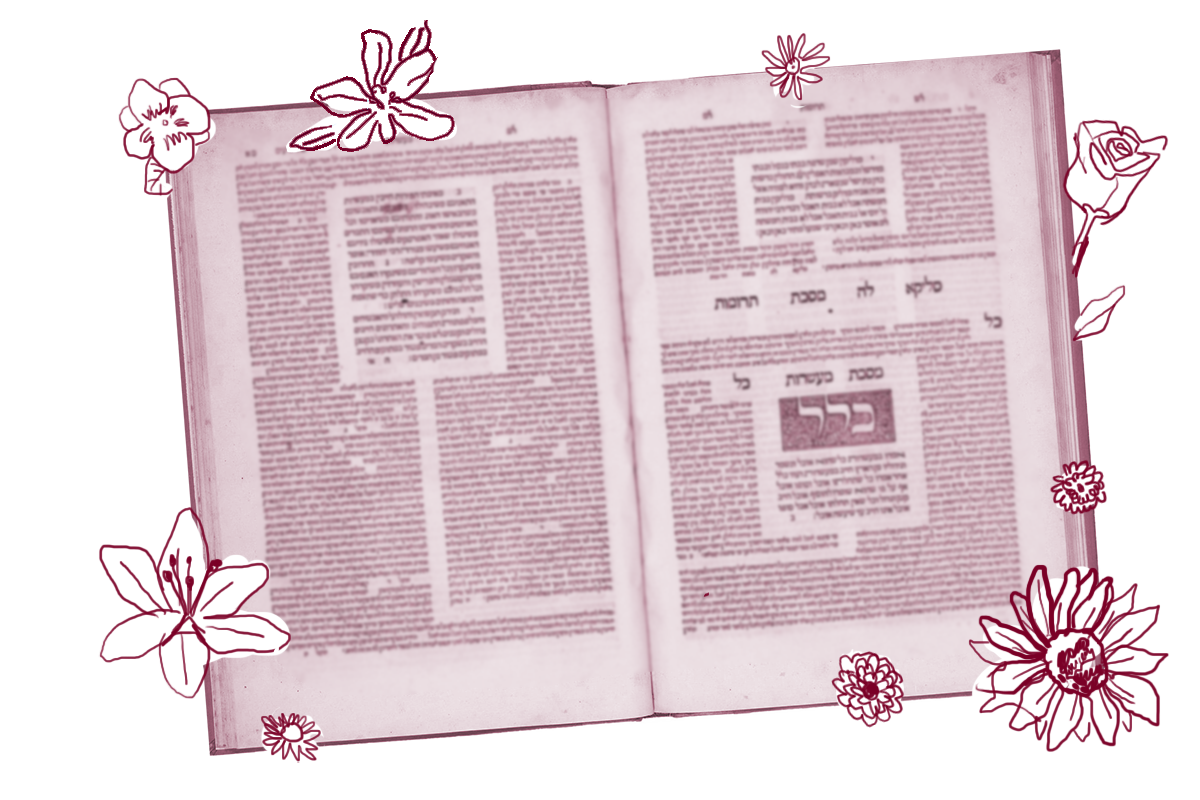Today we begin the 12th chapter of tractate Shabbat with a typically talmudic question: given that one cannot build on Shabbat, exactly how much building renders one liable for violating this law? The answer is clear: any amount — even a tiny bit of constructive labor.
The Talmud then tries to do two things at once: identify an example of a “very small” amount of building, and connect that example to a parallel action in the mishkan (tabernacle). After all, the forbidden labors on Shabbat are modeled on the constructive acts of building in the mishkan. But finding an example of small building in the mishkan proves challenging. Three rabbis offer different answers:
First, Rabbi Yirmiyah says that a poor person builds a tiny amount by digging a small hole to hide their coins. Even though this is not traditional building, this digging counts as violating the law. Where was this act of nearly inconsequential digging found in the mishkan? It is similar to those who sewed the curtains of the mishkan: they hid their needles in small holes that they dug.
Abaye rejects this example, arguing that needles wouldn’t have been buried in the ground — they would rust! Rather, he offers a second answer: A poor person who builds legs for a small stove to place a small pot on it. This, we learn, is similar to those who cooked herbs to use for dye in the mishkan, and only needed a small stove to produce the coloring for the curtains.
With your help, My Jewish Learning can provide endless opportunities for learning, connection and discovery.
Strikingly, both of these examples relate the poor person’s struggles to God’s holy dwelling place. The image of a poor person squirreling away his precious coins, or cooking on a tiny stove, might not automatically conjure up the royalty of the mishkan with its colorful, majestic curtains. For both Rabbi Yirmiyah and Abaye, though, poverty and holiness are not in contradiction.
But Rabbi Aha bar Yaakov rejects this association, quoting a phrase used a number of times elsewhere in the Talmud: There is no poverty in a place of wealth.
Rashi explains this position: in the mishkan, everything was made in abundance and there was leftover material. No tiny, economical stoves.
Rabbi Aha bar Yaakov then offers a third example to illustrate the minimum standard for building: a homeowner who repairs a small hole, which is like a beam in the mishkan in which a worm bore a hole.
Indeed, Rabbi Aha bar Yaakov’s position makes sense: why should the holiest building on earth have similarities with a poor person’s dwelling? And yet, the opinions of Rabbi Yirmiyah and Abaye also carry a certain power. God’s dwelling was a place even poor people could recognize and see themselves in. Maybe there was tzimtzum — contraction — in the mishkan; after all, God contracted God’s infinite self to dwell on earth.
In fact, we know from elsewhere (Yalkut Shimoni II Sam #162) that God prefers to enter through a small gate, even though human kings enter from a large gate. The proof is derived from scripture: “Your poverty/humility has made Me great.” (II Sam 22:36) God identifies with the poor, and the actions of the poor are not unfamiliar in the halls of God’s dwelling. A tiny stove, a hiding place for coins — some rabbis saw these as deeply intertwined with God’s palace. And that may be an important reminder for us all.
Read all of Shabbat 102 on Sefaria.
This piece originally appeared in a My Jewish Learning Daf Yomi email newsletter sent on June 16, 2020. If you are interested in receiving the newsletter, sign up here.



